Indestructible
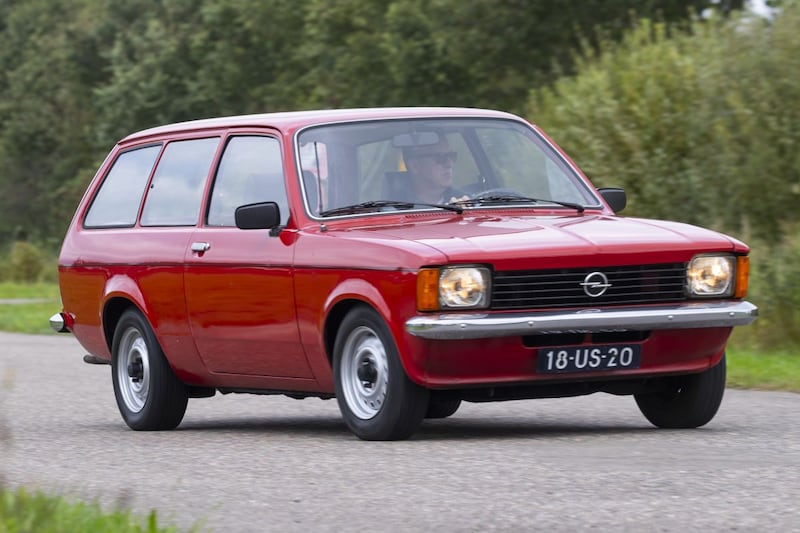
The Opel Kadett C could be found on almost every street corner until well into the 1980s. It was a real child of the 70s, because this generation came onto the market in 1973. More than fifty years later we are once again on the road with such a sympathetic Kadett, the former cornerstone of Dutch society.
When the C-Kadett was introduced, Opel has been number 1 in the Netherlands since 1969 and has maintained that position for another thirty years. While the Volkswagen factories are still churning out Beetles, the Kadett has been rolling off the production line in Rüsselsheim since the early 1960s. In that era, citizens have more and more to spend, so success is guaranteed in advance and the Cadets sell like hot cakes. Half a century later, they have almost all disappeared from the streets. It is all the more unique that we find a Caravan in perfect condition. Delivered new in the Netherlands and has not been used as a daily means of transport for a long time, as shown by the MOT, which has expired since 2010. In a car yearbook from 1978 we flip through to the pages with new prices. It makes your eyes dizzy when you see the lists of variants at Opel and the Kadett in particular. Nearly eighty different versions and probably even more combinations are possible. In terms of engine, there is a choice of a 1.2 N or S, a 1.6 S and a 2.0-liter in the Coupé Rallye and there are three versions: Export, Special, De Luxe and Berlina. The sedan is available as a two- and four-door, the caravan, strangely enough, only as a three-door and there is the aforementioned Coupé. In response to the Volkswagen Golf, which debuted a year after the Kadett C, Opel launched the Kadett City in 1975, a three-door hatchback. With the Kadett D, Opel finally had a front-wheel drive answer to the Golf in 1979.
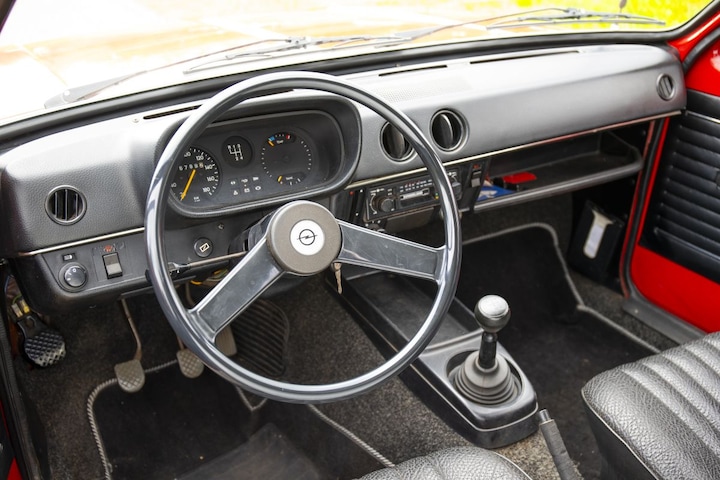
Dashboard? There’s almost nothing there!
The Kadett Caravan is, if possible, even rarer. The basic model of the first batch C has round headlights, the slightly more luxurious square ones have the indicators under the bumper and from the facelift at the end of 1977 the indicators are next to the headlights. It quickly becomes clear that we are dealing with a basic version: no clock, no trip meter, no glove box, black leatherette on the seats and so on. In the footwell on the driver’s side we see a fourth pedal: that is the foot switch for the windshield washers. And he has a short shifter! Initially, the entry-level car had such a long stake that protruded from somewhere under the dashboard. This Kadett has a short lever with a handy storage compartment on the center tunnel. At the back, the wiper catches the eye, an original accessory with a special mechanism. An extra arm moves the wiper blade, which cleans the entire rear window very neatly.
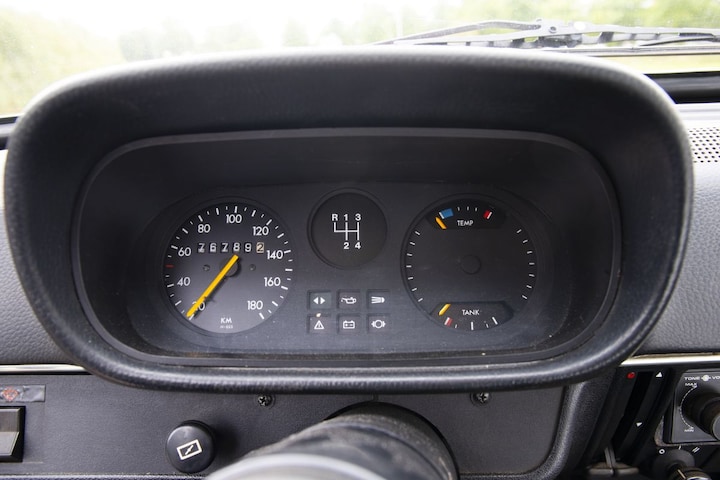
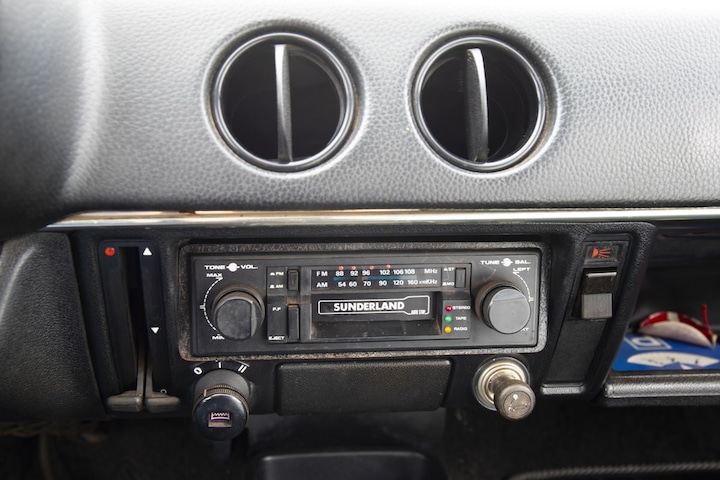
The large hatch provides access to a decent cargo hold with a low vibration threshold and the backrest of the rear seat can be folded flat. Still, it is strange that a family car like this is not supplied with rear doors, unlike its predecessor. But yes, at that time you can even order a Rekord as a two-door. That saves another 649 guilders and for that money you can get the 2.0 S instead of the N. Then you have a nice extra 10 hp!
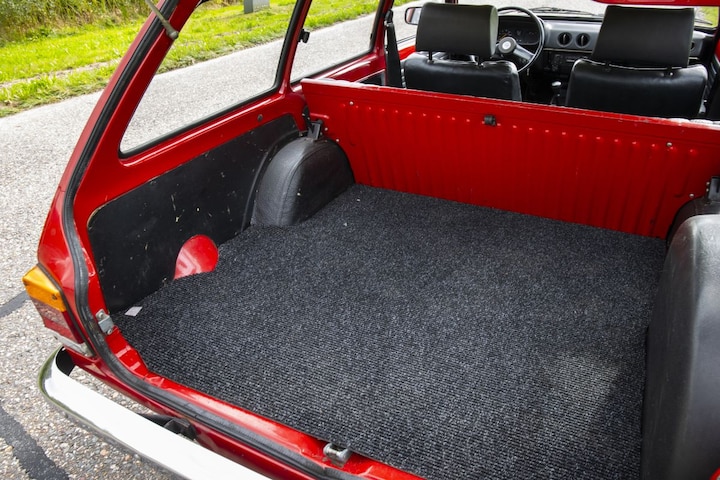
Stiffer rear springs
Once in the driver’s seat you get a bit of the Beetle feeling, as simplicity reigns supreme. The bare essentials are present, nothing more. It is remarkable in what good and original condition the entire interior still is. Even the door trim looks like new. By the way, you sit much better than in that Volkswagen and once on the road the difference is huge. After turning the ignition key, the typical, characteristic sound of the old Opel four-cylinder is a feast for recognition. The pedals are very easy to operate, just like the lever. The simple steering wheel has a thin rim and once up to speed, you can relax with your arms on your knees and rest your fingertips on the two spokes. There may not be much power, but with an empty weight of less than 800 kg you don’t need much. This block will run forever if you take good care of it.
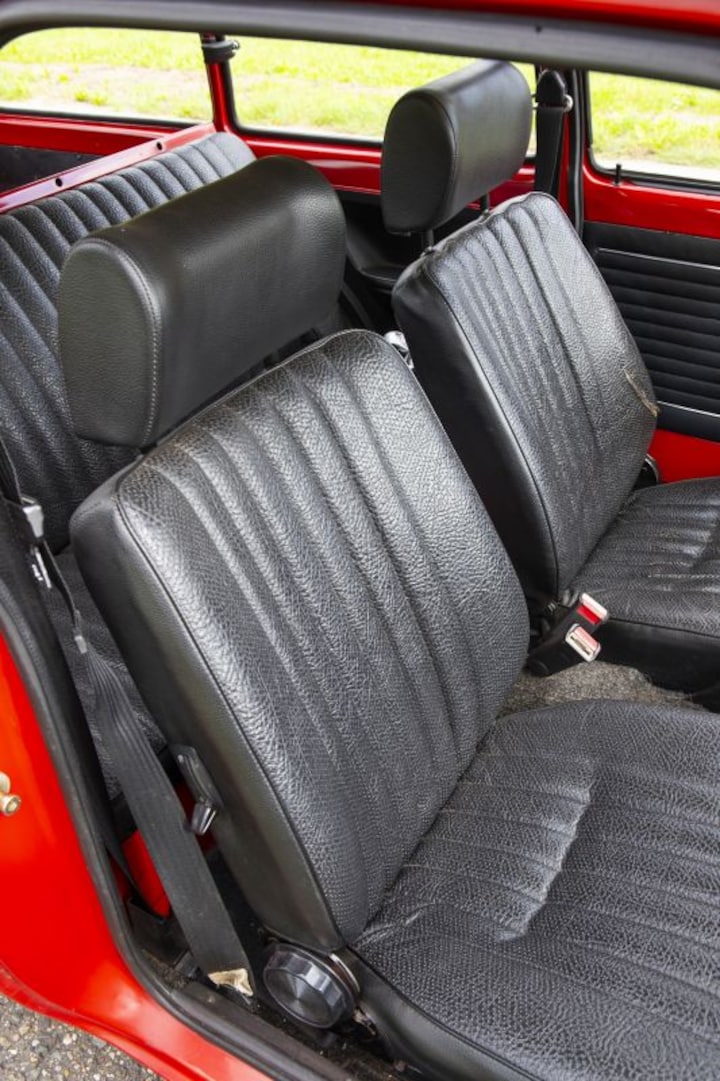
Who didn’t wear vinyl in the 70s and 80s?
There is only one switch on the steering column. For the indicators, the high beam and when you turn it, you turn on the windshield wipers. Steering is quite light even at low speed, partly thanks to the only 155 mm wide tires on 13-inch wheels. The Caravan has thicker springs on the (rigid) rear axle and is therefore somewhat stiffer at the rear when unloaded. With the additional advantage that the carriage leans less in bends. At around 90 km/h the small engine purrs very happily and the power brakes do their job well.

The 1.2 N, you also had it as an S and then you had 60 instead of 54 hp.
Technical data
Engine 4-cyl. in line
Engine capacity 1,196 cc
Max. power 40 kW/54 hp at 4,000 rpm
Max. torque 85 Nm at 3,400 rpm
Top speed 138 km/h
0-100 km/h 18.0 s
Consumption avg. 9.6 l/100 km
This sympathetic example was for sale for €6,950 and had 176,000 kilometers on the odometer during the test drive.

– Thanks for information from Autoweek.nl